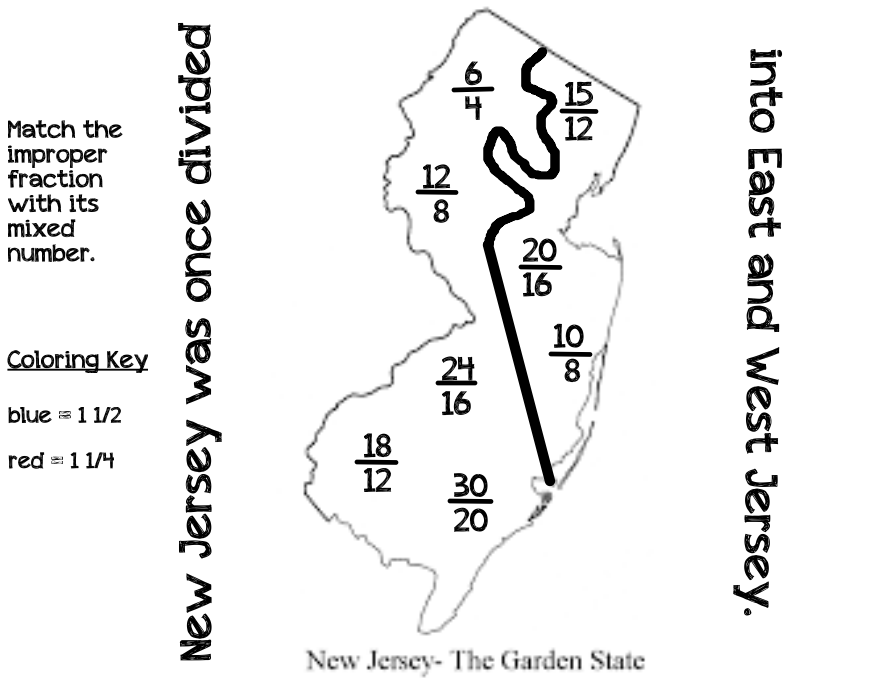Do you find yourself spending a lot of time with students who can't seem to write reading responses, read maps, or solve word problems? I have found something that really works for my students - color coding.
Close reading is a big thing in the Common Core. Deciding what is important to highlight is an important and hard skill for students. I teach my kids by going through questions first and kicking out unusual or important words. They get a good idea of the story's plot before even reading. It also improves their comprehension because they know the questions they are going to answer ahead of time. It helps them find answers much more easily, too!
Next, they read the story. Then they answer the questions, highlighting answers in the text. Some kids "just don't get" what to do when the answer isn't obvious. I have them highlight clues that helped them make an inference or draw a conclusion.
This is a Deepen Comprehension question from Journeys Grade 4 Lesson 5. We were working with the story Stormalong and analyzing characters.
I projected this on the Promethean Board and we worked together to show the process of turning prewriting into writing. I used colored text and the highlighting tool to show where the information came from. Some students really do need modeling of this!!
Some of my students really aren't strong readers and typically ignore graphic features. My higher learners can color code themselves. I do it ahead of time for the couple of kids who struggle and over time they learn to do it by themselves.
Now you see another way to use highlighters to draw attention to map features.
Believe it or not, some of your struggling learners don't actually realize that they need to use the picture / map to answer the question. You can do some of the highlighting for them or with them. Eventually they will become independent at it.
How do you use highlighters and color coding to help your children?


















